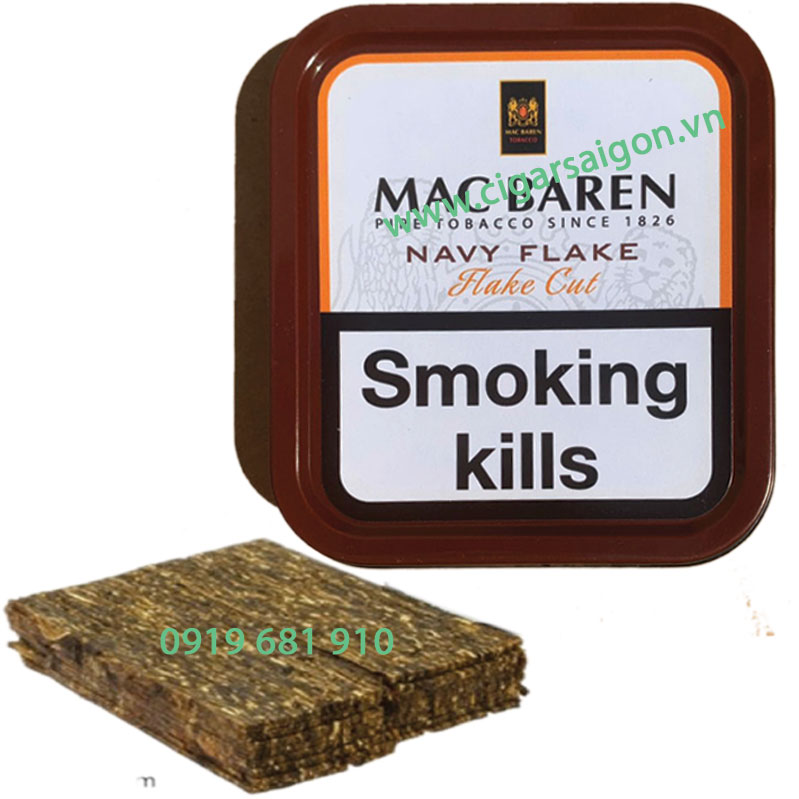

NAVY CAC FOR MAC PDF
Their ID cards are only valid for medical care and will expire after one year.**AVAILABLE NOW - A subscription feature which will allow you to sign and edit PDF documents with our Sub Rosa suite of apps. Unmarried former spouses who meet the 20/20/15 rule have the same documentation requirements as 20/20/20 spouses, but the period of overlap is at least 15 years but less than 20 years. In addition to their two forms of identification, former spouses must bring in their marriage certificate, divorce decree and proof of the service member’s service in the form of a Statement of Service, DD Form 214, or Dates of Inclusive Service statement to complete their enrollment.

In this situation, the former spouse is their own sponsor, and the ID card is issued under their own Social Security number. And there was at least 20 years of overlap between the marriage and the military service.The spouse and sponsor were married at least 20 years.The sponsor served at least 20 years that is creditable in determining the sponsor’s eligibility for retired or retainer pay.Unmarried former spouses are eligible for a military ID if they meet the 20/20/20 rule:

Sponsors and adult family members, including children over age 18, must bring two forms of ID: 1) a valid state or federal government-issued photo ID, and 2) Any ID from this list of acceptable documents. Bring two forms of identification when you go to the office.Dependents require their sponsor’s signature on the DD Form 1172-2. If you are a spouse, child or other individual that relies on the sponsor for over 50% of your support, you are a dependent. If you are the individual with the specific relationship with DoD, you are the sponsor. Your sponsor will need to sign and submit your form on your behalf. The documents required for DEERS enrollment vary depending on your relationship to the sponsor. Generally, dependents need to verify their eligibility by providing documents to prove their relationship to the sponsor, along with a Social Security number or tax ID number if you are a U.S. In order to receive your first military ID card, you must first be enrolled in the Defense Eligibility Enrollment Reporting System, or DEERS. Those who are eligible for the Uniformed Services ID Card include members on the Temporary Disability Retired List and the Permanent Disability Retired List, retired reserve (not yet drawing military retirement pay), Medal of Honor recipients, 100% disabled veterans, former members in receipt of retired pay, eligible foreign military, Transitional Health Care recipients, full-time paid personnel of the United Service Organizations and Red Cross when serving outside the United States, United Seamen’s Service personnel when serving outside the United States, officers and crews of Military Sealift Command vessels deployed to foreign countries, Select Employer Support of the Guard and Reserve personnel and retired DoD civilian employees.Įligible family members include authorized dependents of active duty, military retirees, reservists, National Guard, retired reservists, National Guard not yet receiving military retirement pay, Medal of Honor recipients, 100% disabled veterans and former spouses eligible for 20-20-20 benefits. Uniformed Services ID Cards are for military family members, military retirees, reservists and National Guard not in active-duty status and others who are eligible for DoD benefits such as commissary and exchange shopping and military medical benefits because of their direct affiliation with DoD. CACs are for active-duty military personnel, activated reservists and National Guard, Department of Defense civilian employees, eligible contractor personnel and other eligible populations as described in DoD policy.


 0 kommentar(er)
0 kommentar(er)
